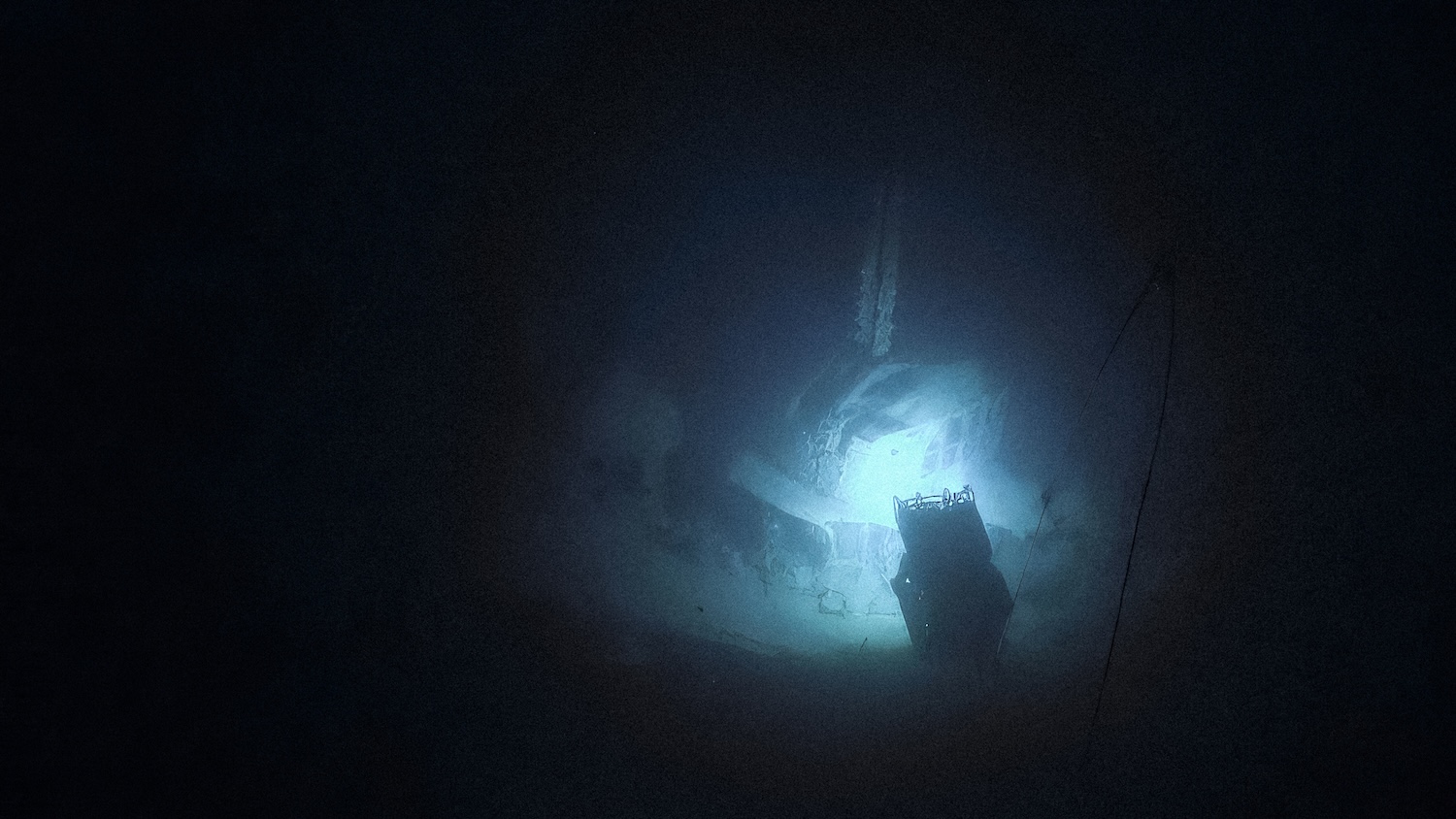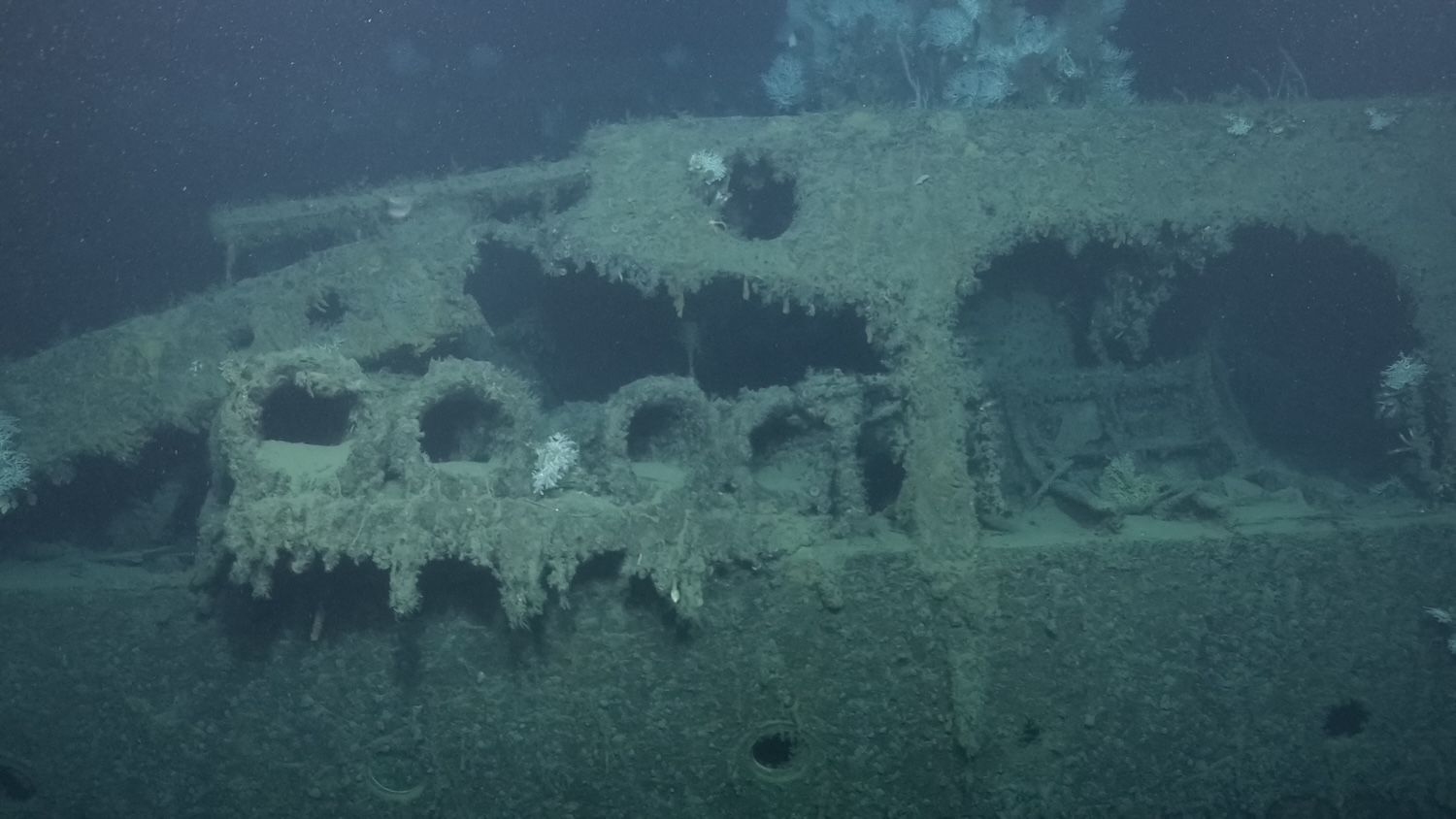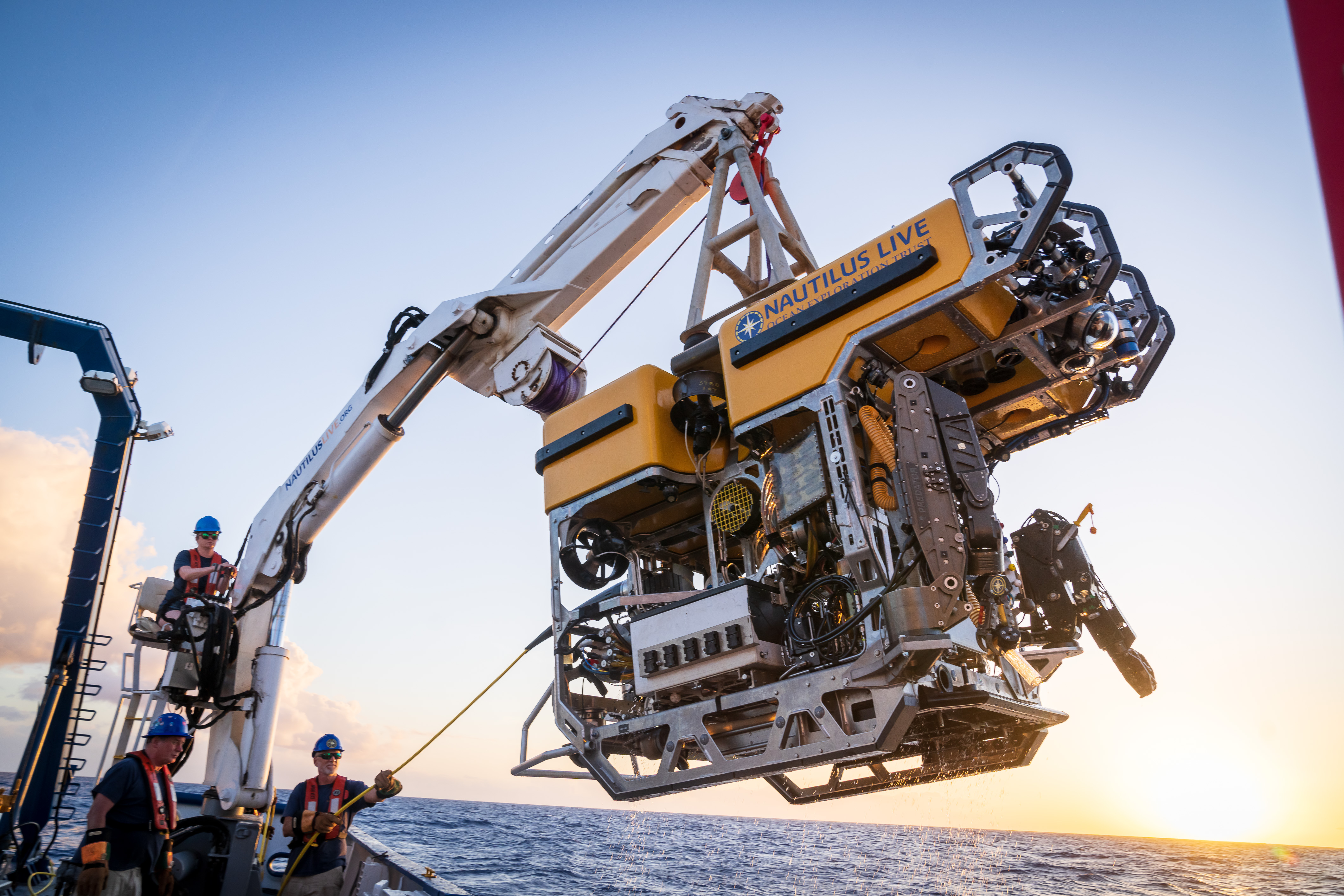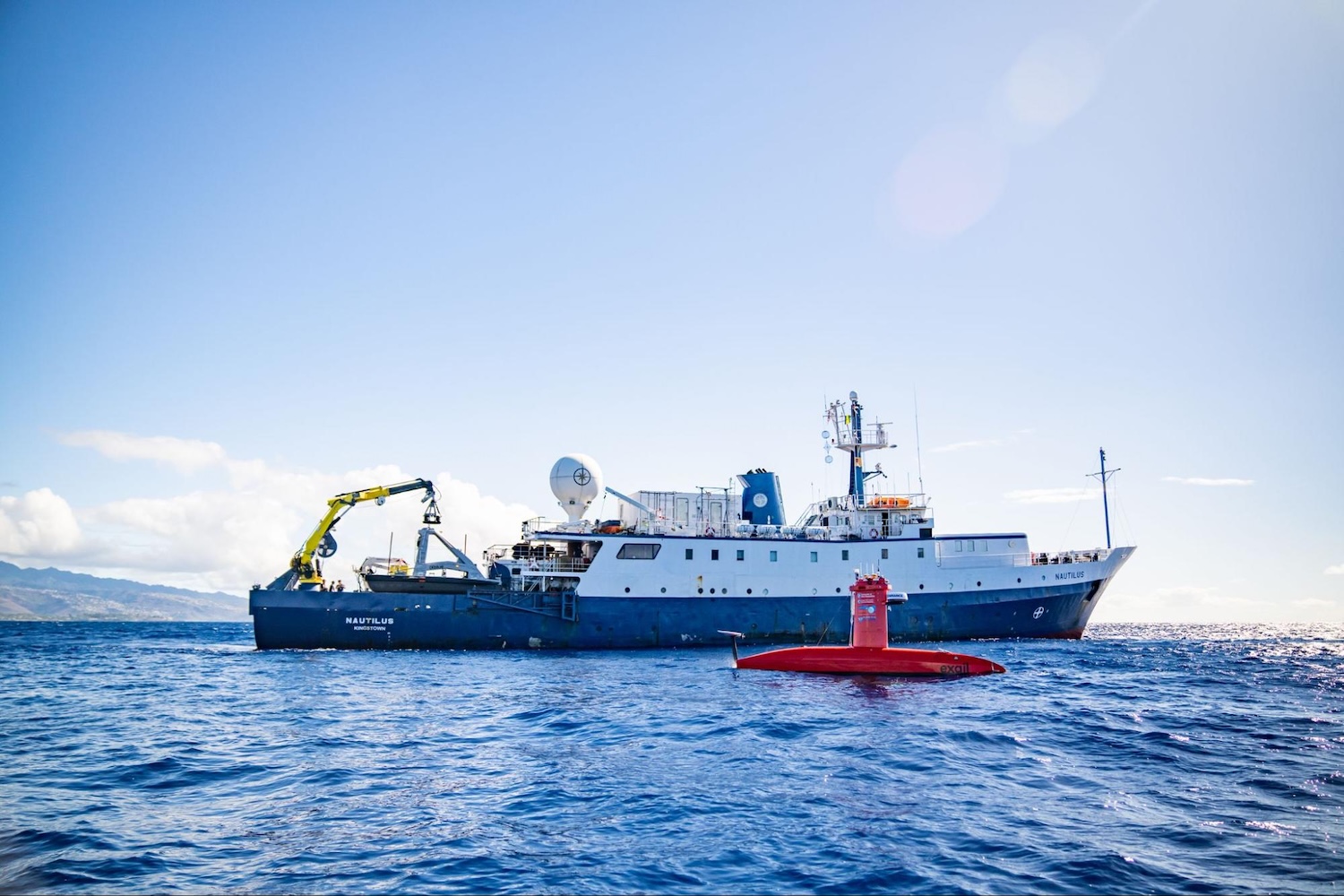Judging by newly released photos and video, the crew aboard Ocean Exploration Trust’s Nautilus research vessel had an extremely productive summer trip to the South Pacific. Over 22 days, the team completed detailed archaeological surveys of more than a dozen shipwrecks sunk amid the Solomon Islands campaign during World War II. In addition to imaging four of them for the first time, experts guided remotely operated vehicles (ROVs) towards the rediscovery of two long-lost vessels:the separated bow from the USS New Orleans as well as the Imperial Japanese Naval destroyer Teruzuki.
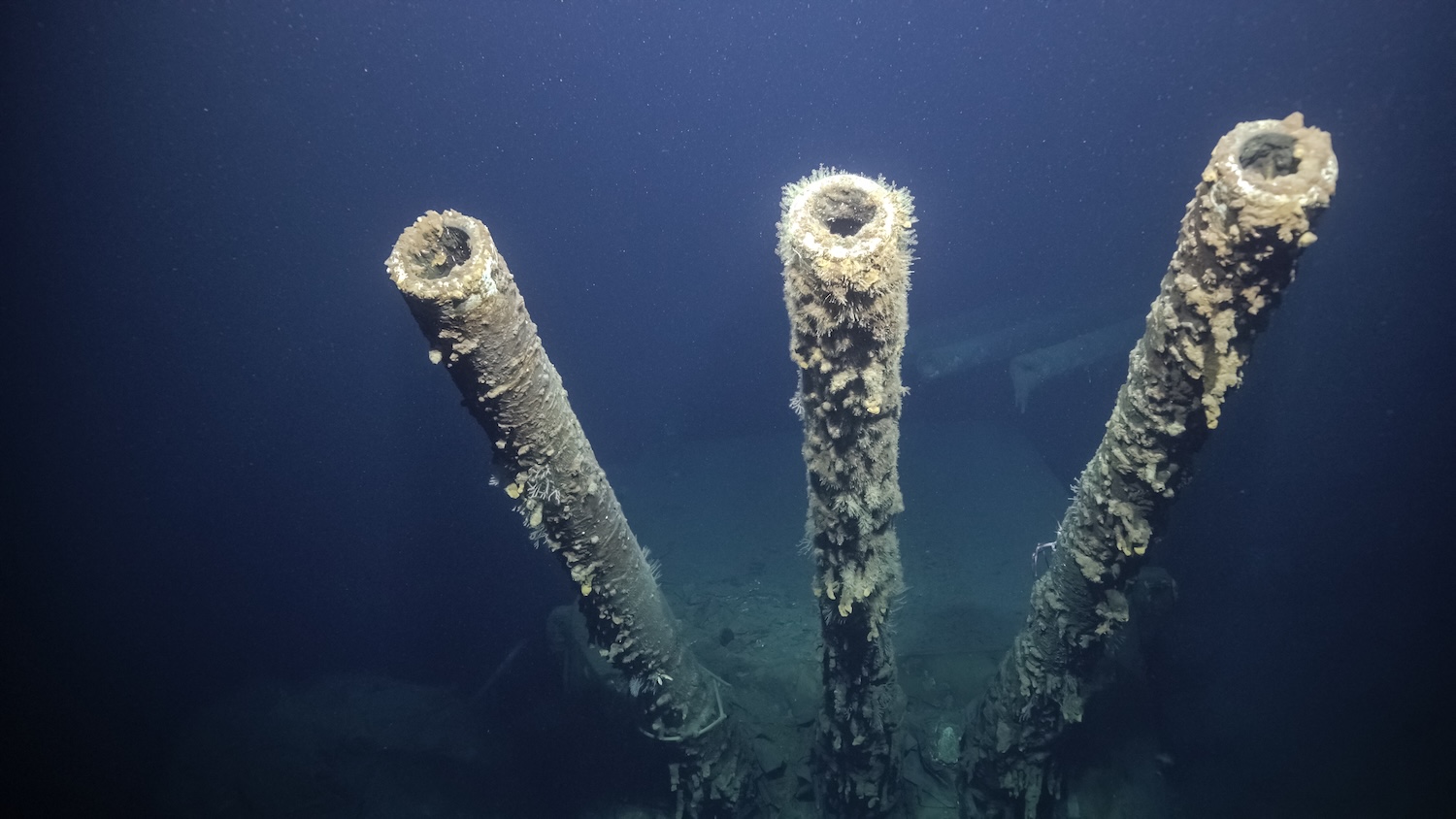
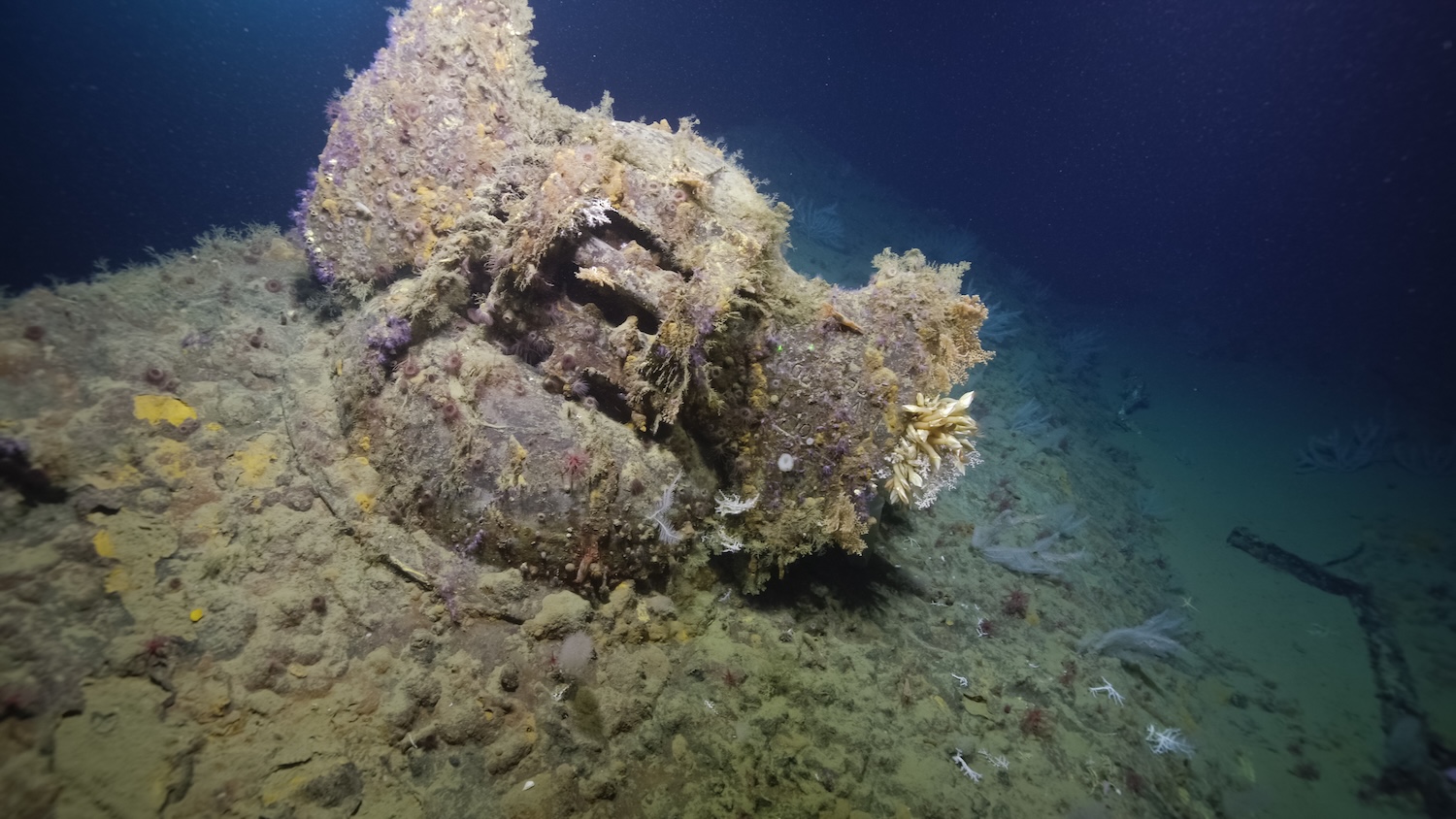
Although researchers originally spotted some of these shipwrecks more than 34 years ago, Ocean Exploration Trust president Robert Ballard explained that the most recent trip to Iron Bottom Sound provided opportunities to document their finds using a new generation of technology including high-definition survey cameras, underwater vehicles, and imaging tools aboard the EV Nautilus.
“This expedition was special, allowing us to film these sites in a manner not possible back then, as well as document other ships, while at the same time sharing our work live to the entire world,” Ballard said in a statement.
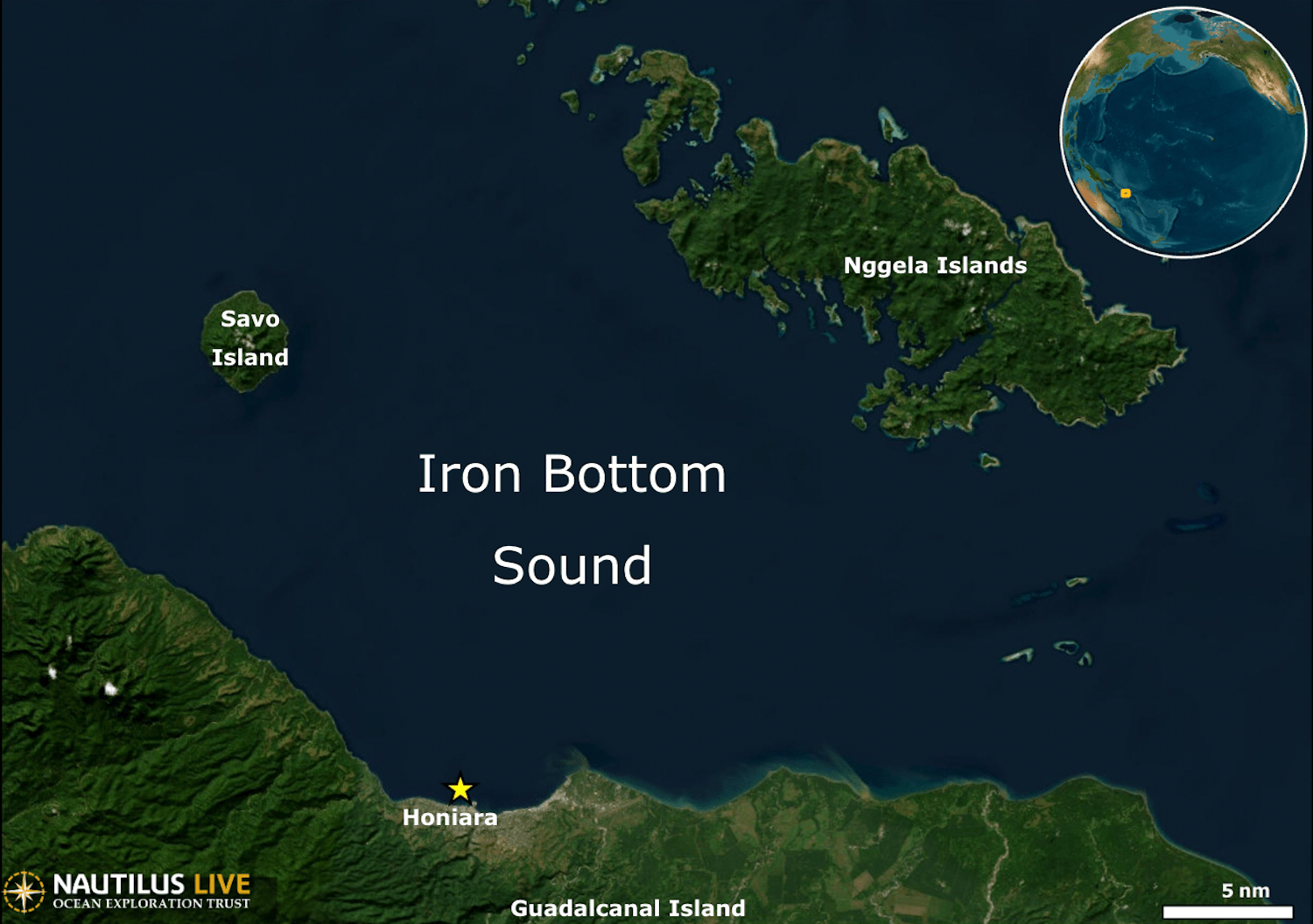
Located in the Solomon Islands near Guadalcanal, Iron Bottom Sound experienced five major naval battles between August and December 1942. In the end, over 20,000 servicemen died in combat, along with the destruction of 111 ships and 1,450 aircraft.
To scout for possible wreckage locations, the team ultimately mapped over 386-square-miles of seafloor using a DriX uncrewed surface vehicle (USV). However, instead of guiding the surveyor from aboard Nautilus, operators did so while stationed in the Solomon Islands’ capitol city, Honiara. Once they pinpointed the sites, researchers launched the Nautilus’ fleet of ROVs to obtain visuals and assess any ships. In total, the crew spent over 138 hours exploring various wrecks with the ROVs, some of which are located over 3,280 feet below the ocean’s surface.
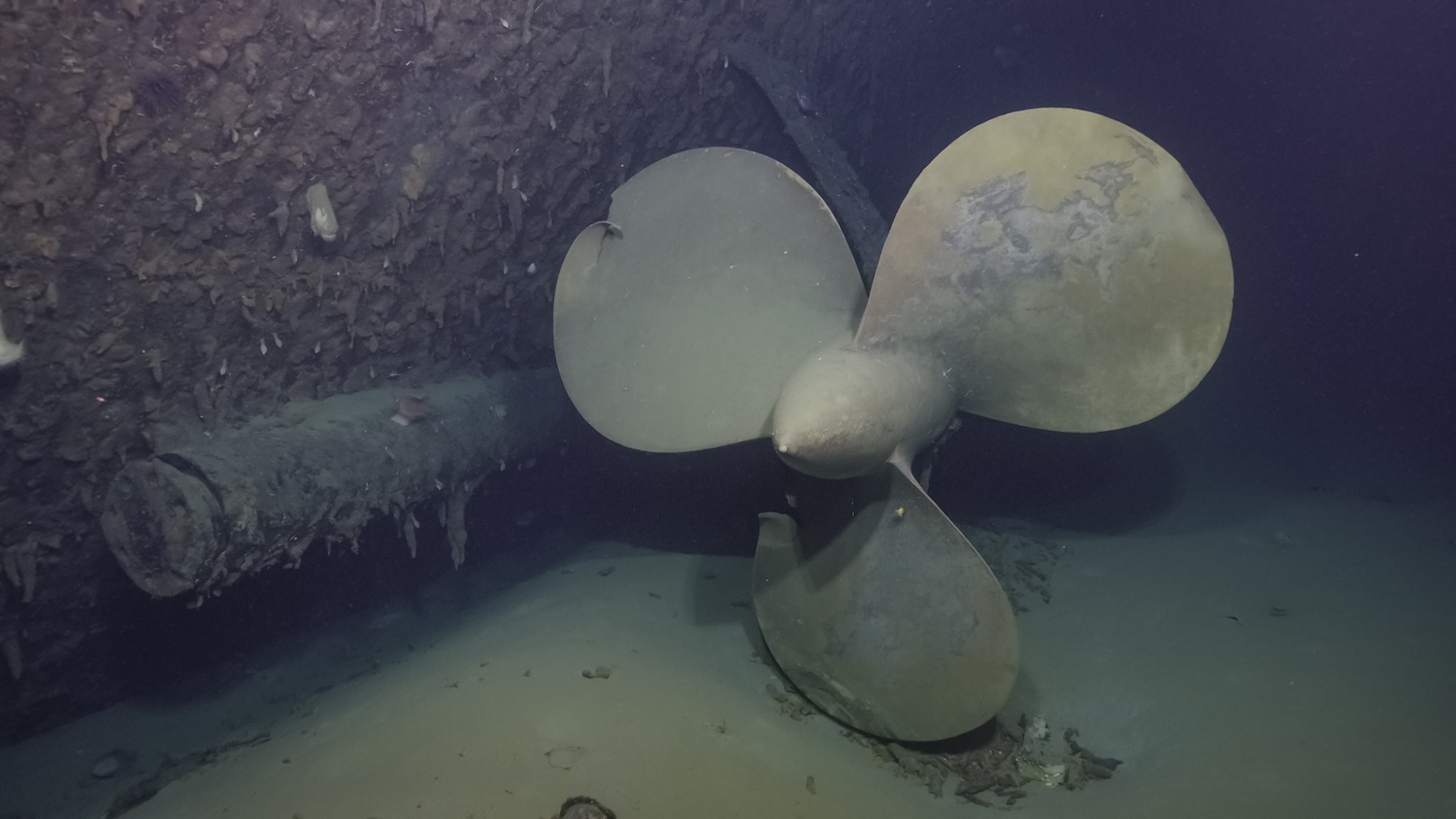
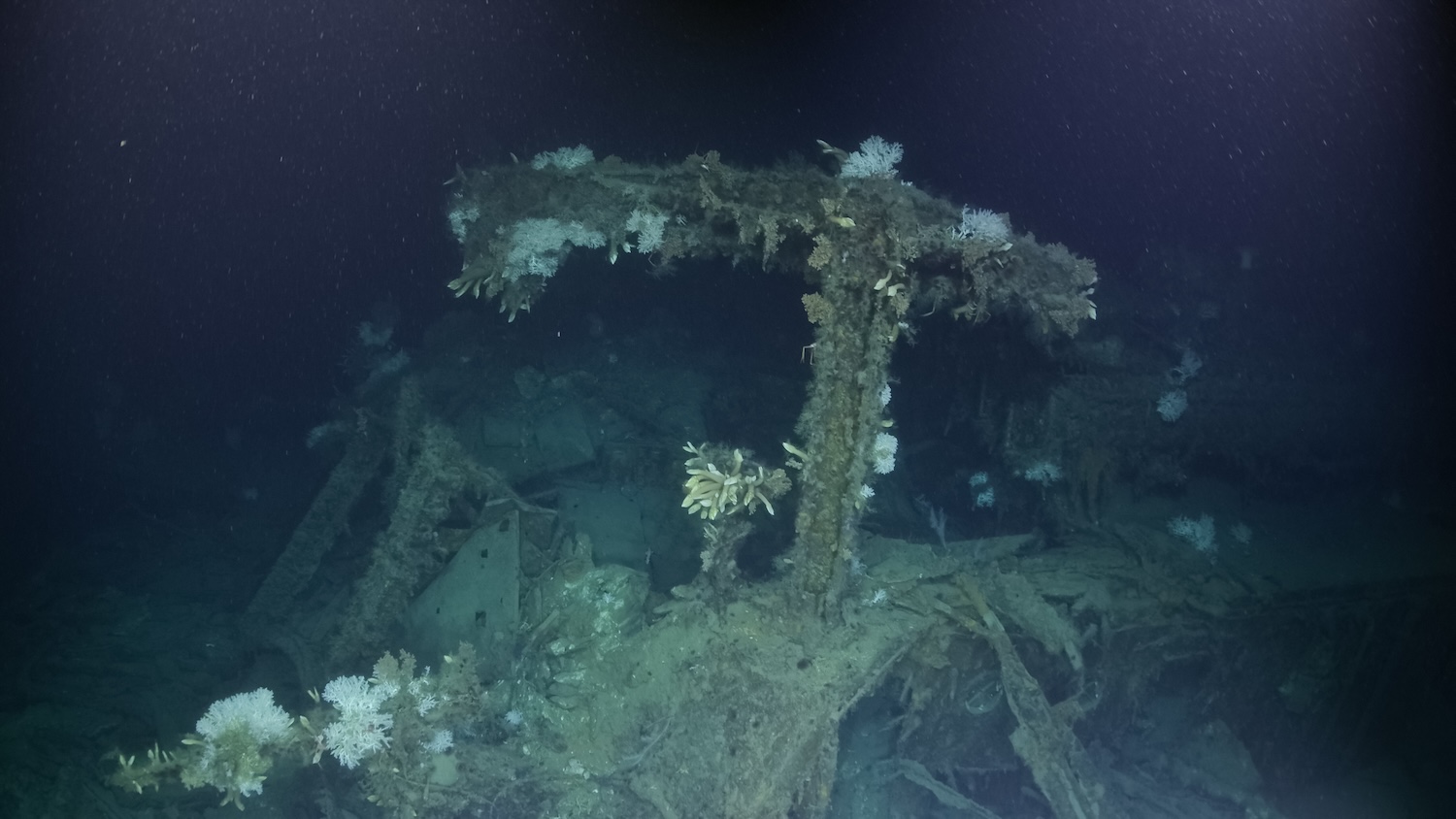
“This survey of the ships of the United States, Australia, and Japan will add immeasurably to the understanding of one of the most costly naval campaigns in history, a campaign that hopefully will never be repeated,” added Naval History and Heritage Command Director and retired US Navy rear admiral Samuel Cox.
While dozens of vessels are still missing, Ocean Exploration Trust noted that its researchers now have a lengthy list of potential targets to visit in future expeditions.
